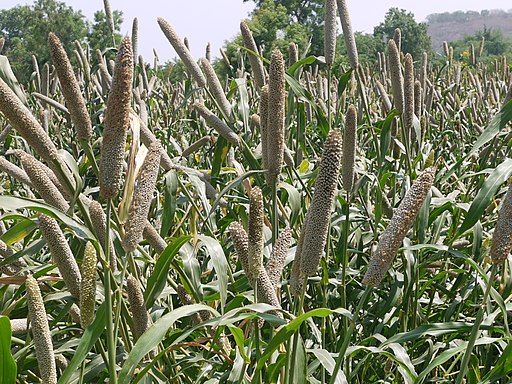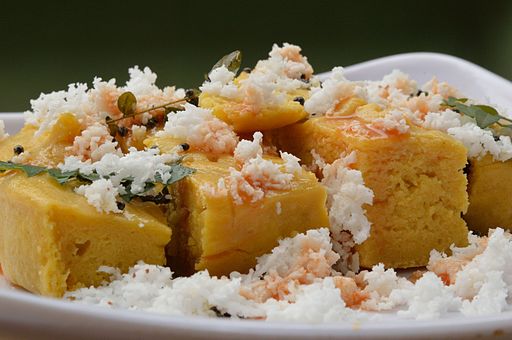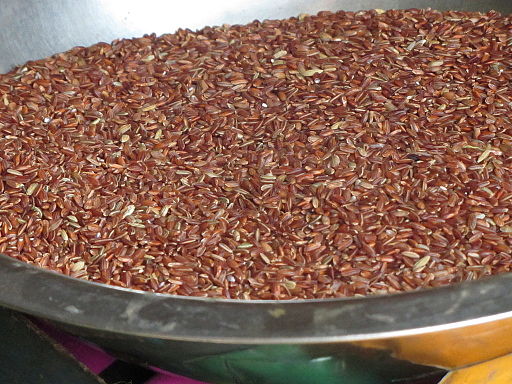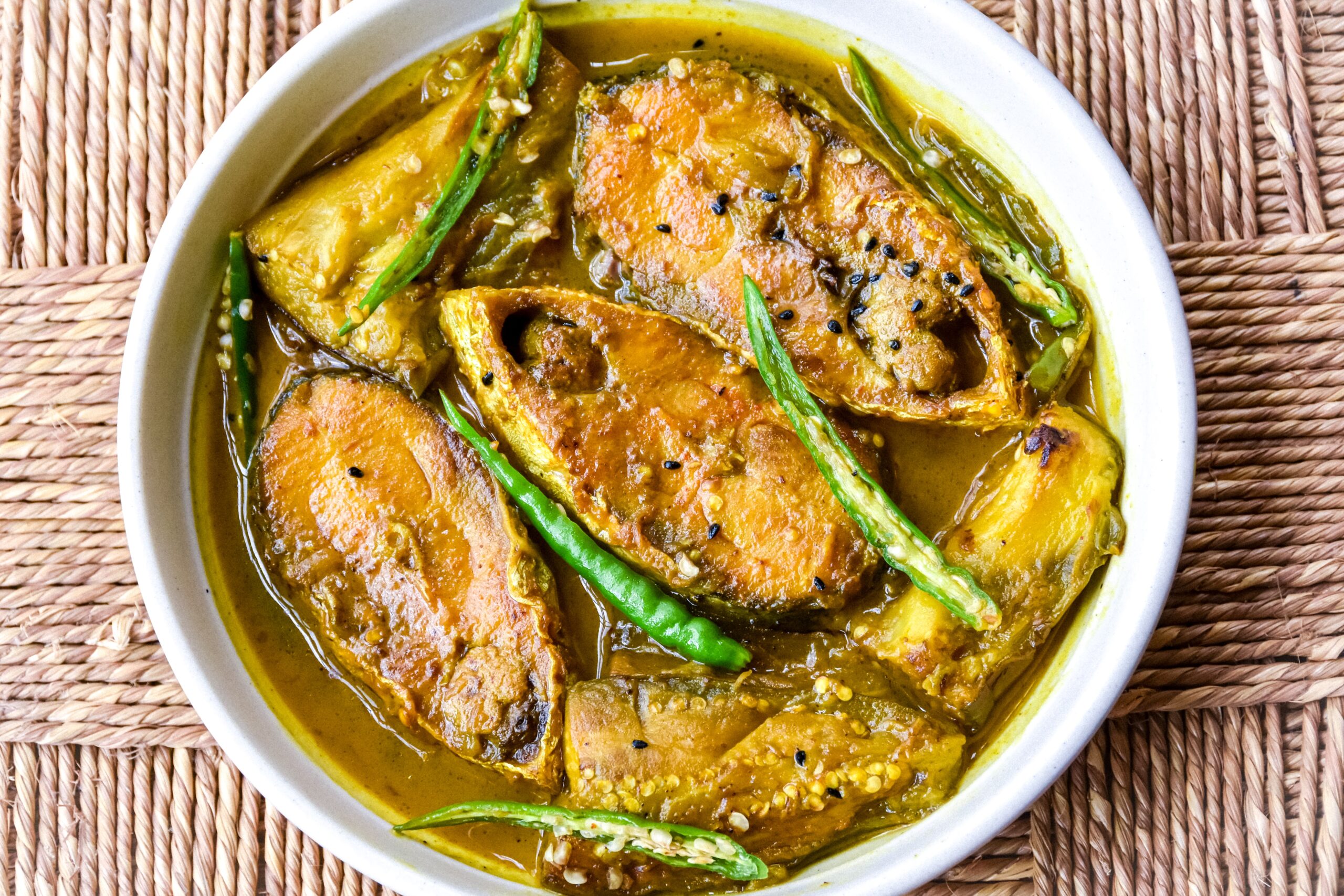South Asian cuisine is rich in its flavours and forms. Unfortunately, in the UK, South Asians are six times more likely to develop diabetes. This can often be attributed to genetics and other scientific hypotheses such as the thrifty genotype hypothesis. But even in such cases, it is important to look after one’s health as best as possible. A good place to start is striving to be mindful of how we fuel our bodies.
So whilst we may need to ditch Britain’s best loved takeaway, it doesn’t mean we have to give up on South Asian food altogether..
Below are 5 very healthy South Asian ingredients and dishes that can serve you on your journey to better health. What’s more, they’re all super tasty! A win-win!
1. Bajra
Bajra (or pearl millet) is a gluten-free alternative to wheat. India is the leading country in bajra production, 85% of which is grown in Rajasthan. As a result, it is an integral part of South Asian cuisine.
Bajra has multiple health benefits. To begin with, it is a complex carbohydrate. This means it is good for satiety and will keep you fuller and energised for longer. Therefore, you are less inclined to overeat.
Secondly, bajra is rich in fibre which itself has numerous perks. Not only does it act as a prebiotic (promoting gut health), but it is also good for diabetics. Since the fibre in bajra gets digested slowly, it means that there is no sudden spike in glucose levels. Therefore, it serves a helping hand for keeping your blood sugars in check!
Finally, bajra is a good source of magnesium which is excellent for the heart. Magnesium is important for maintaining a healthy heart, and therefore a diet which incorporates foods like bajra can help to prevent cardiovascular diseases.
Because of these health benefits, bajra can be used to make healthier versions of some of our favourite foods or mealtime favourites! For example, bajra can replace wheat flour when making flat breads. Bajra roti is a must-try!
 Dinesh Valke from Thane, India, CC BY-SA 2.0
Dinesh Valke from Thane, India, CC BY-SA 2.0 2. Moong Dal
Moong dal is the split version of the whole green gram (also known as the mung bean). It is very versatile and can be used in all sorts of dishes from soups to stir frys. Like lentils, the moong dal belongs to the legume family and are very good for the health. Dal can refer to the dried, split pulses (such as lentils and beans) used in cooking. But it is also the name for popular Indian dishes prepared from these pulses. Moong dal is just one of many.
First of all, while all dals are packed with protein, moong dal is said to be the most protein-enriched dal. This high protein level is excellent for boosting metabolism, weight loss, and repairing tissues and muscles. Finding good sources of protein is very important but it can be trickier for certain diets and lifestyles. Moong dal, in fact most dals, are a great option for vegetarians and vegans who don’t receive any protein intake from meat.
Next, moong dal provides a varied selection of vitamins and minerals and is very nutrient-rich, including in potassium and iron. These are very good for the heart as they lower blood pressure and regulate heartbeat.
What’s more, moong dal is said to be an excellent food source during pregnancy! This is because of the high levels of folate found in mung beans. Folate (or vitamin B9) is essential for pregnant women to ensure the optimal growth and development of the child. As well as this, regular folate intake during pregnancy reduces the risk of a birth defect.
Top tip: Try dry roasting the moong dal before cooking to bring out the flavour and prevent them from going sticky.
 കാക്കര, CC BY-SA 3.0
കാക്കര, CC BY-SA 3.0 3. Dhokla
Dhokla is a vegetarian snack originating from the Indian State of Gujarat. One great thing about dhokla is that it is all-purpose; it can be eaten as a main course, a side dish, a simple snack or even for breakfast. It is soft and spongy – almost like a savoury cake.
Dhokla is considered to be a very healthy option for a snack due to its low calorie to high nutrition value. Filled with fibre, protein, and other essential nutrients, dhokla aids a healthy gut and digestive system. This is boosted by the fact that it is made from fermented legume batter because fermented foods are more digestible. Plus, the protein and fibre content can keep you energised for longer, making it ideal for breakfast!
Another health benefit about dhokla is its preparation. While samosas and bondas are certainly some our favourite great tasting snacks, they are not the best things for our bodies. These fatty deep-fried snacks can sometimes be swapped out for dhokla. Because they are most-commonly steamed rather than fried, dhokla don’t rely on lots of oil. Yet another reason for our hearts to thank us!
 Biswarup Ganguly, CC BY 3.0
Biswarup Ganguly, CC BY 3.0 4. Red Rice
Have you ever heard of the importance of having a colourful diet? That is not just about eating more greens. A staple of Bhutanese cuisine, red rice is another food with a wealth of health benefits. Brown and black rice are often used to replace white rice for their more nutritious and fibrous qualities. While they are both great options, red rice goes one step further.
Red rice gets its colour from a compound called anthocyanin, which brings a new wave of health benefits that aren’t found in the other rice types. These natural antioxidants not only anti-inflammatory, but also help to prevent the development of chronic diseases like diabetes, metabolic disorders, and cancer. Anthocyanin has also been said to improve your skin health as well as your vision!
The calcium and magnesium found in red rice are great for keeping your bones healthy. Without healthy bones, you are more at risk of developing arthritis, osteoporosis, and other bone-related diseases. Red rice is still full of fibre and nutrients like brown and black rice, so it shares their digestive qualities while providing some extra bonuses!
 Sengai Podhuvan, CC BY-SA 3.0
Sengai Podhuvan, CC BY-SA 3.0 5. Machher Jhol
Loosely translated to “fish broth”, machher jhol is a Bengali dish commonly using catfish but can be made using other types of fish. Packed with flavour, this fish curry is particularly popular in the Eastern parts of the Indian subcontinent.
Fish is an important component of a balanced diet. In fact, the NHS recommend that you should eat 2 portions of fish per week. As well as being a great source of protein, fish is full of omega-3 fatty acids. These have multiple health benefits. Firstly, they are great for heart health and consuming enough omega-3 can prevent problems including heart attacks. This is because they slow the development of plaque in the arteries and keep your blood pressure low. It has also been found that they boost the immune response system.
This lean protein source also supplies a range of other vitamins and essential nutrients. These include potassium, magnesium, iron, zinc, and iodine. We need these nutrients to keep our bodies working at their best… from energy levels and nerve production, to healing wounds and maintaining a healthy metabolic rate.

Why not give them a try?
South Asian food is often stereotypically associated with takeaways which, of course, are not great for your health. However, it is important to remember that every culture’s cuisine has healthy options. South Asian cuisine is no exception.
Curries, for example, can be an extremely healthy meal. But it all really depends on how much oil is used and how much rice or bread is eaten with it. Being mindful of these things, you can certainly include curries into your healthy eating plan!
If you’re looking to improve your health or make a few changes to your diet, these five South Asian staples are a great place to start.

Starli Brighton says:
How interesting to know that red rice has many health benefits and is a Bhutanese staple. I want to try a new Asian place with my friends this week. We will find a great restaurant that also serves alcohol in our area.